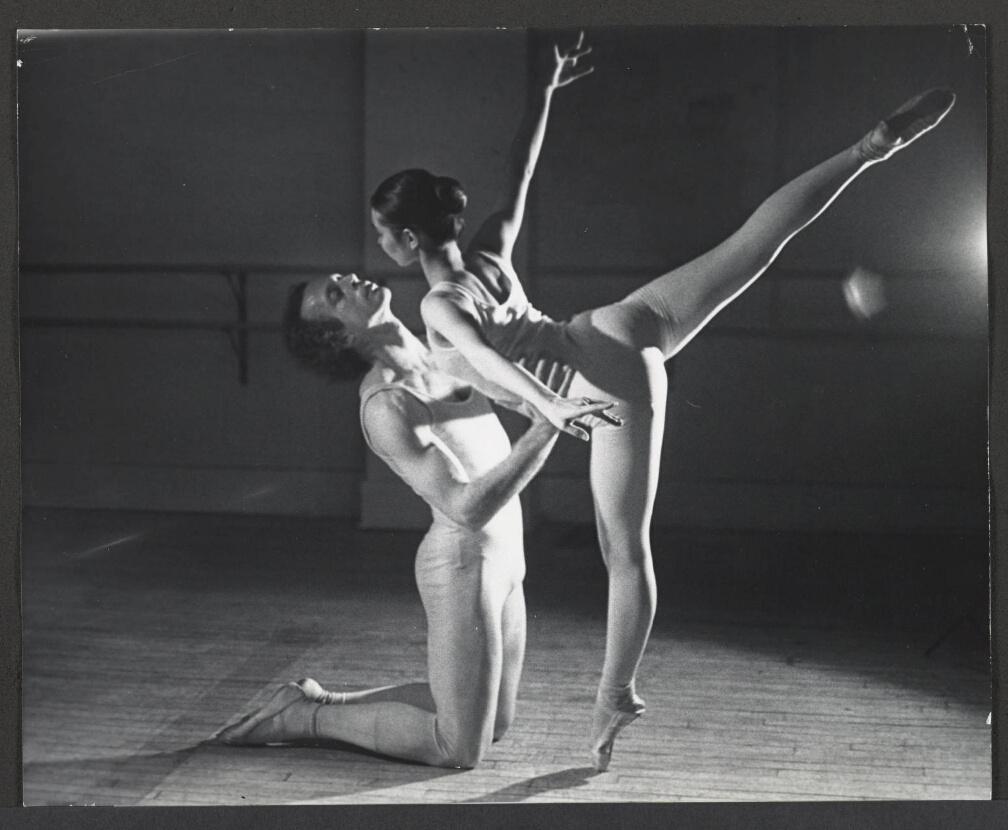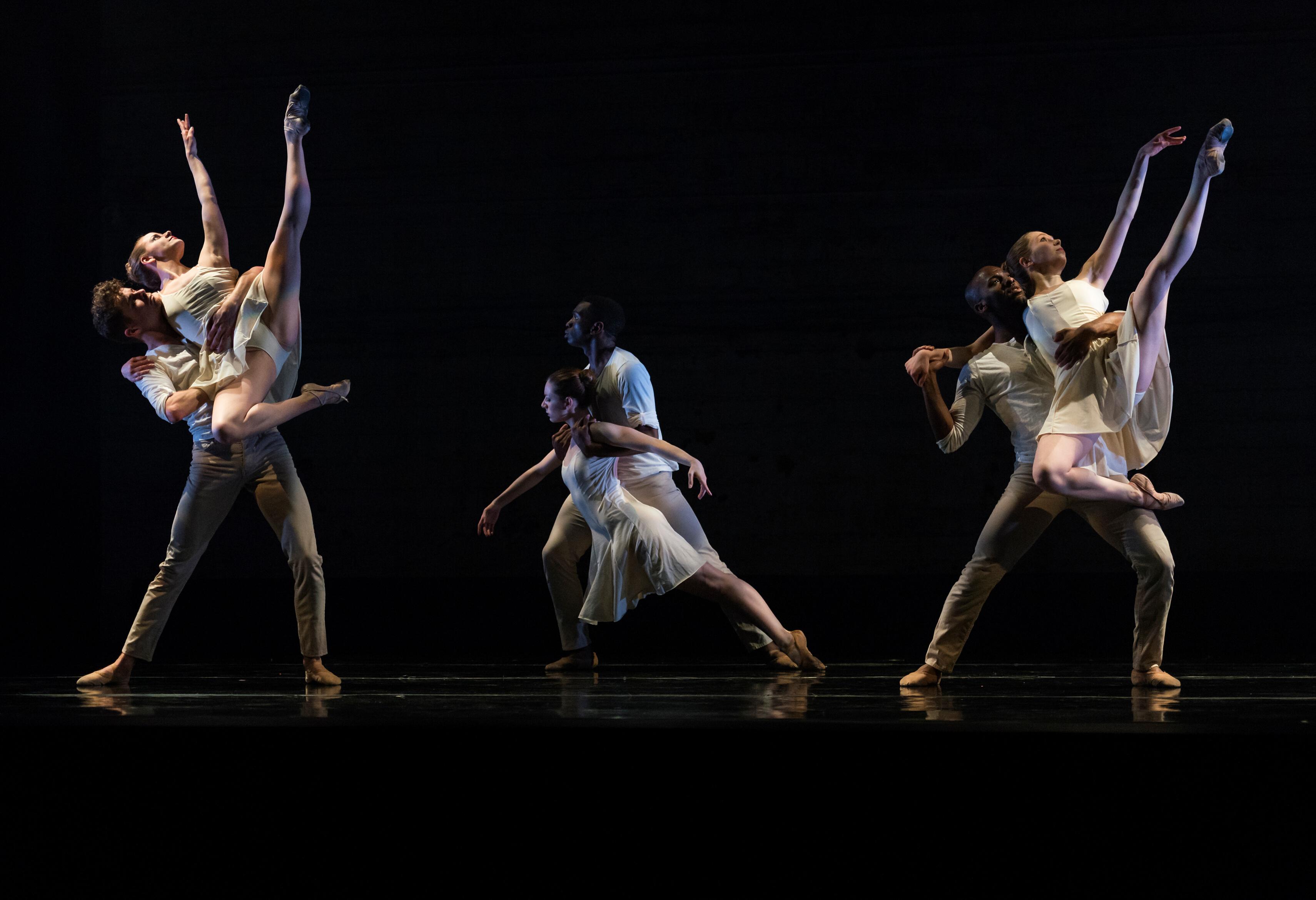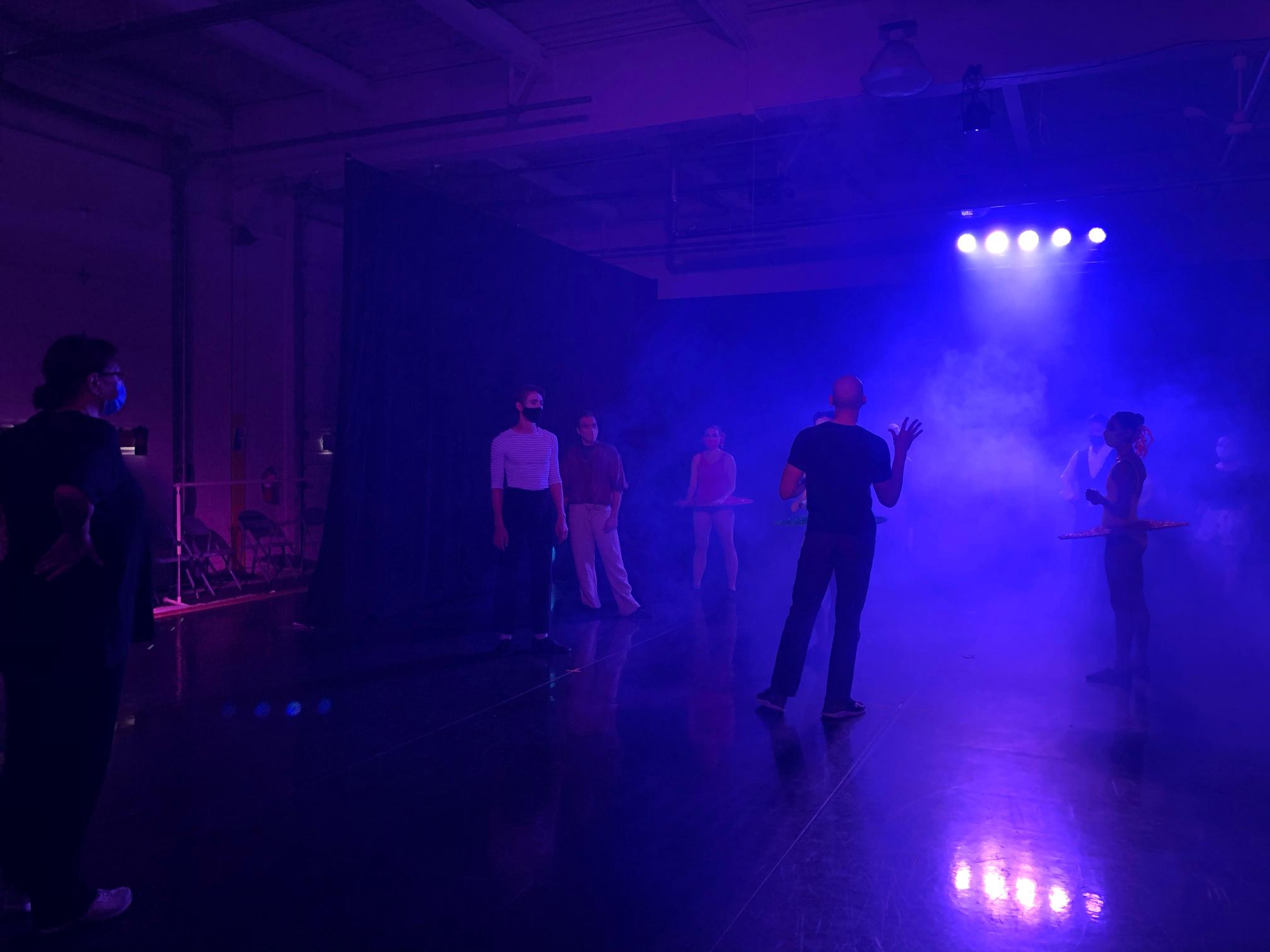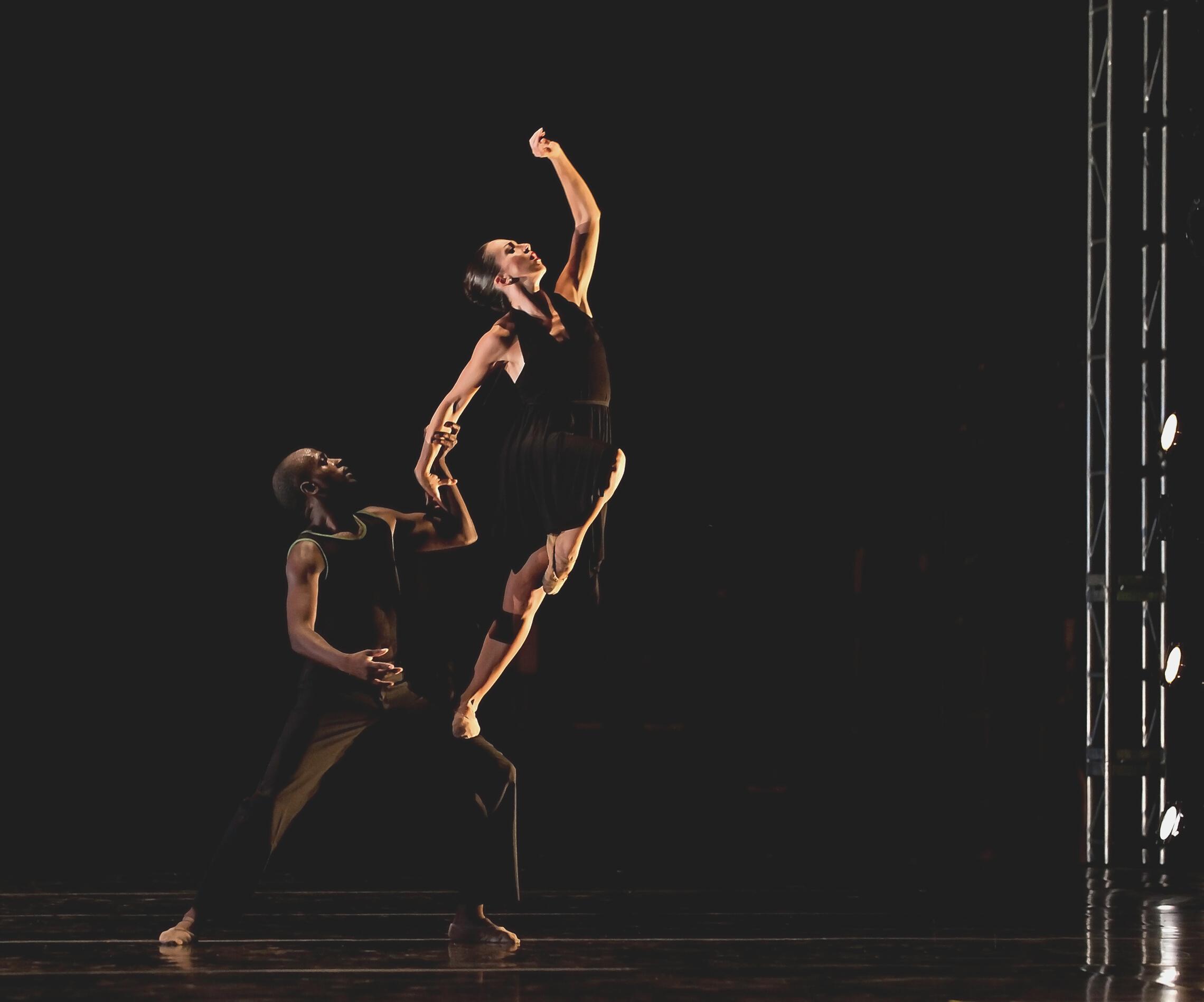
3 minute read
HOW DOES DANCE GET PASSED DOWN?
The company will remount Heinz Poll’s Adagio for Two Dancers with permission of Jane Startzman. The ballet was choreographed in 1973 for Ohio Ballet.
Jane Startzman has over 50 years of experience in the field of professional dance, including work as a principal dancer, arts administrator, executive assistant to Heinz Poll, the Artistic Director of Ohio Ballet, as well as company/tour manager. Jane is currently director and cofounder of the Heinz Poll Summer Dance Festival.
Advertisement
What does it mean to be a régisseur? As a regisseur, to me, besides being responsible for setting the steps of a piece, I am responsible for being a good steward for the work. This means that I, as the regisseur, must know the intent of the piece - every gesture, step and I must be able to guide the phrasing as the choreographer intended, and make sure that it is reproduced as such.
As a régisseur, what do you look for when you give permission for a piece to be performed? I look for a company that will ensure that the piece continues to be reproduced as I set it, and that will continue a relationship with me, if I own the license, or with someone else who is qualified to reproduce the work, so that it is checked periodically and stays true to intent. I then look for dancers that can do the work technically and bring the correct artistic interpretation to the piece.
How many pieces where granted to you? I own the license for 5 of Heinz Poll's works.

What do you feel is the biggest responsibility to Poll's work? To reproduce his work successfully, one has to make sure that the intent is correct and clear. His work requires crystal clear technique, often very fast and complex, whether balletic or contemporary in nature. Any partnering is extremely difficult and dancing a Heinz Poll piece requires a need for a dancer who can take a great deal of space with every step and phrase. A Heinz Poll work always looks as if the stage is too small for the dancers and the dance. In some cases over the years, there have also been slightly different versions of roles depending on the dancer. What was right for one, he might tweak a bit for another in order to convey the intent in the way he wanted. If I am certain of his original intent, there might be an instance when a slight variance in steps, or nuance can be appropriate and still be correct. Costuming is also an area where some deviation may occur, because we have different materials nowadays, so it is important to know what current materials can be used to reproduce the same feel and movement of an original costume made from a fabric that doesn't exist anymore .
What do you want to most impart about Heinz Poll's work? The work of Heinz Poll is very difficult technically and artistically. The steps are at times very complex, and at others very simple and straight forward, but always layered with artistic intent, and organically musical. It doesn't do his pieces justice to simply do the steps with technical brilliance. Heinz' work is full of musical nuance, and he always encouraged dancers to dance "big" - using a great deal of plie, space, and musical phrasing. Danced successfully, Heinz Poll's style utilized a great deal of moving from the back and core, so that it never looked as if the arms were moving independently from the body. It produced a style that blended the precision of classical technique with an impetus for movement always coming from the center of the body - more contemporary and less restrained than classical ballet.










